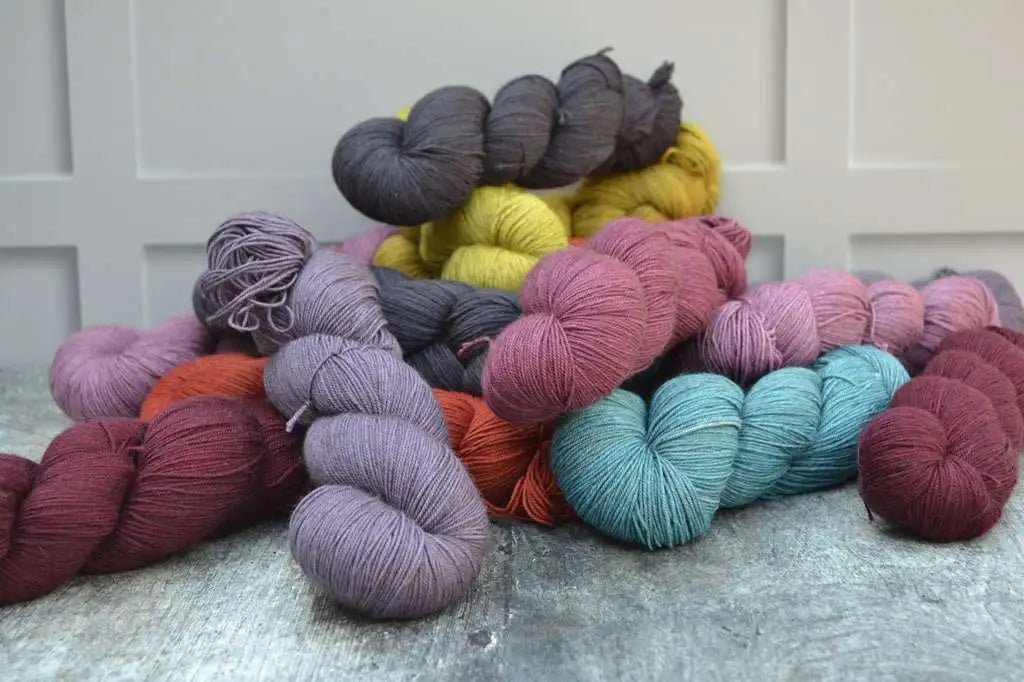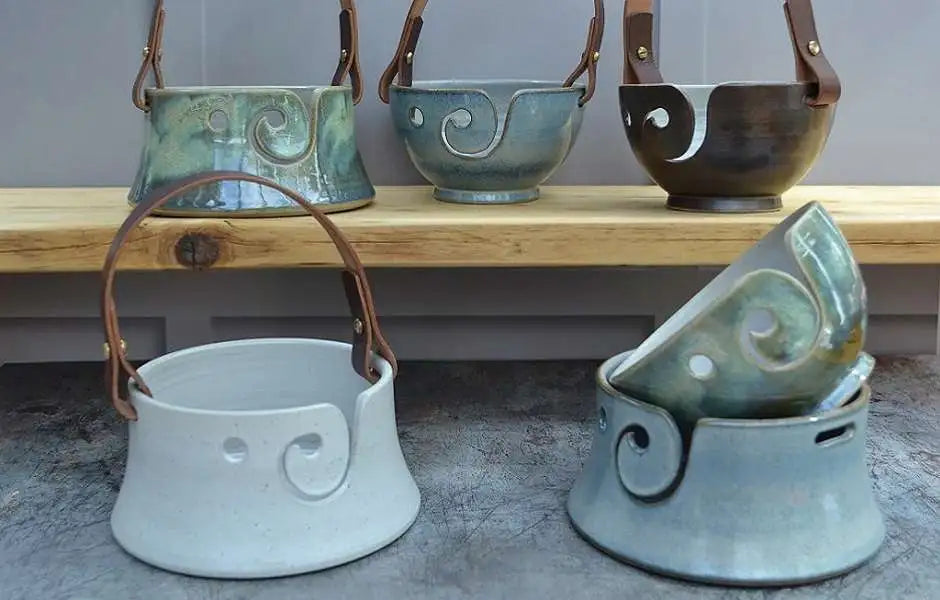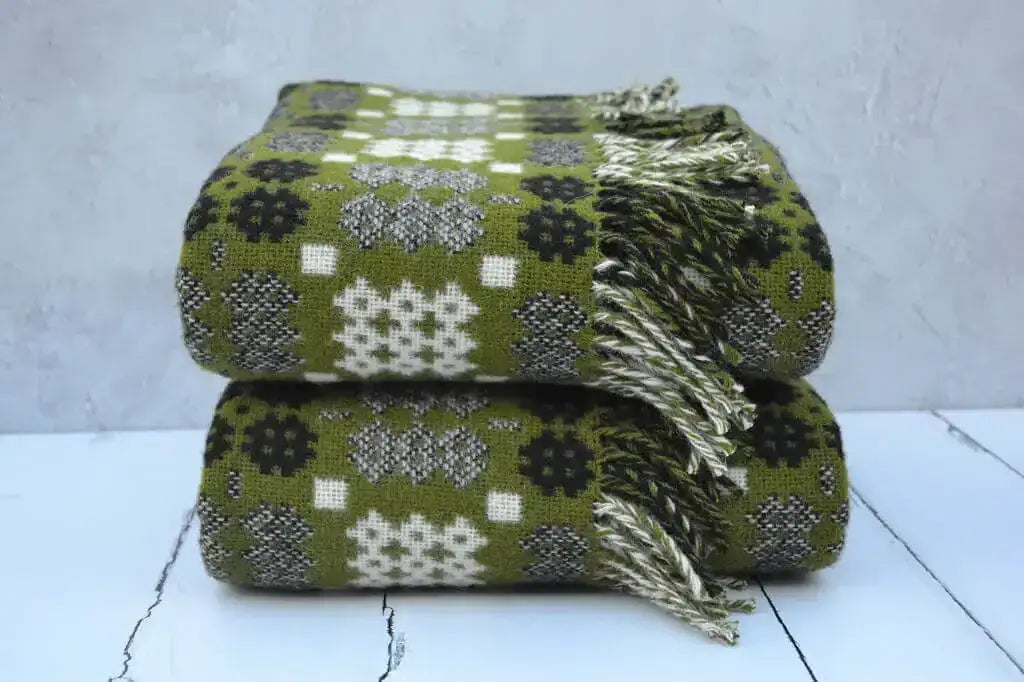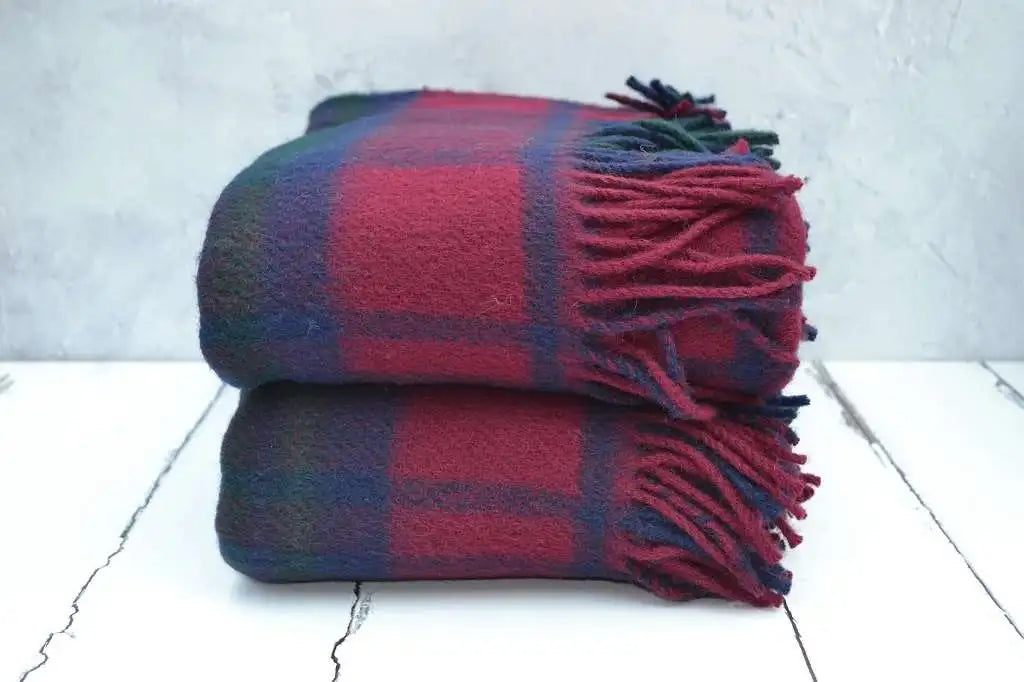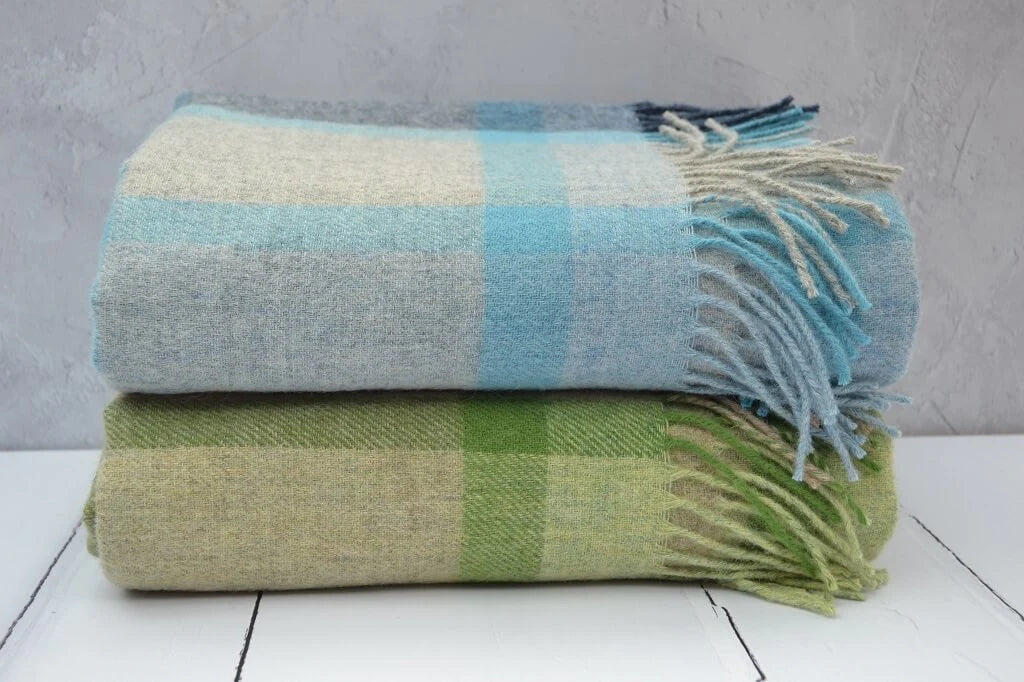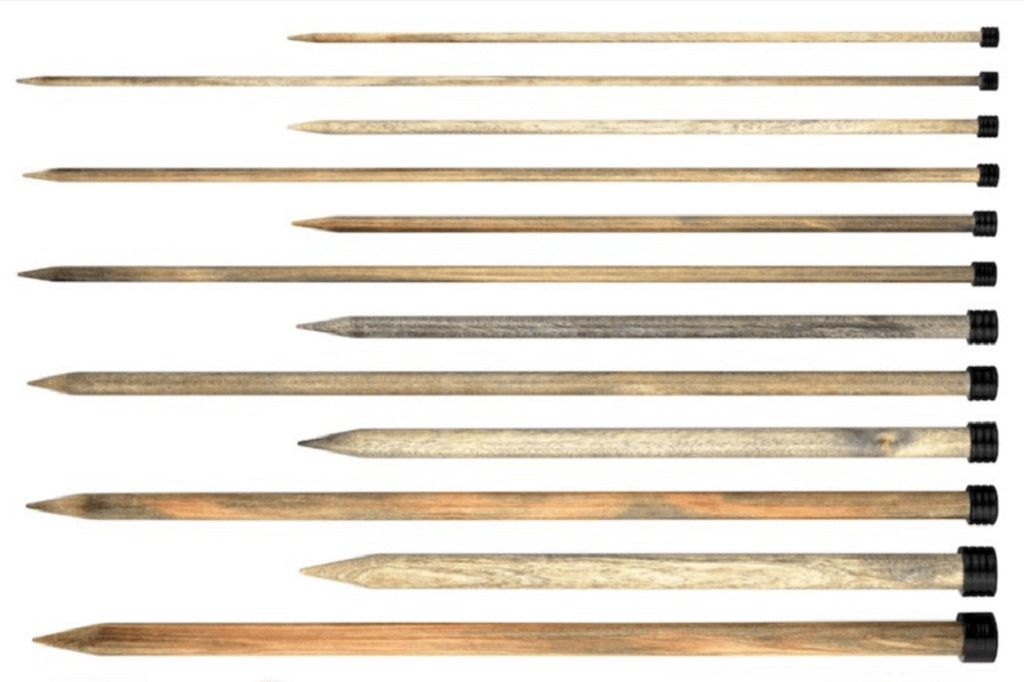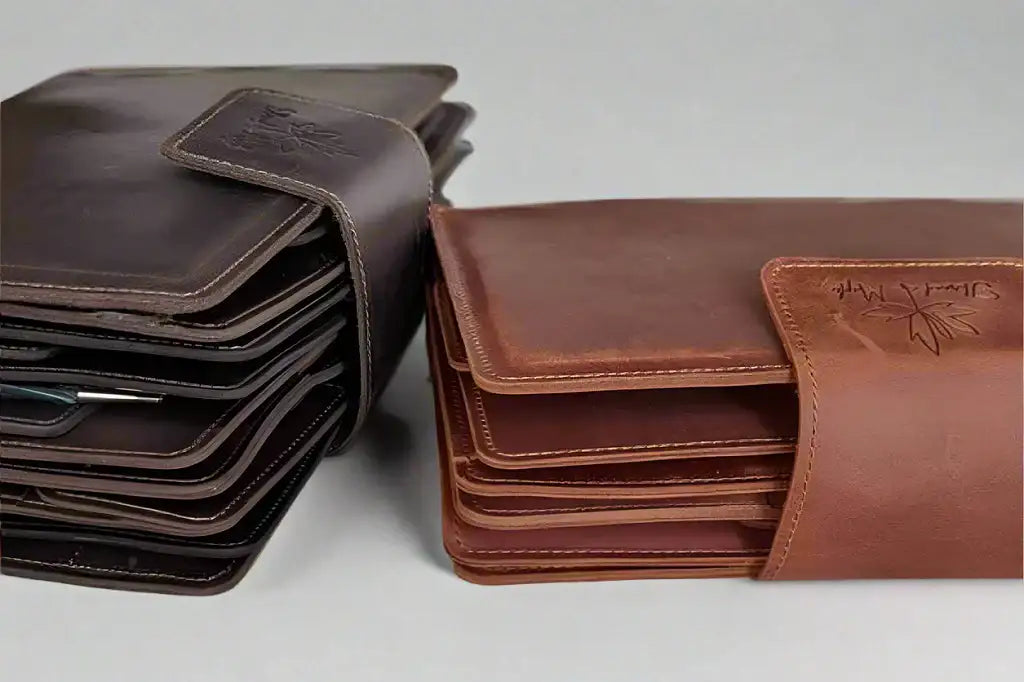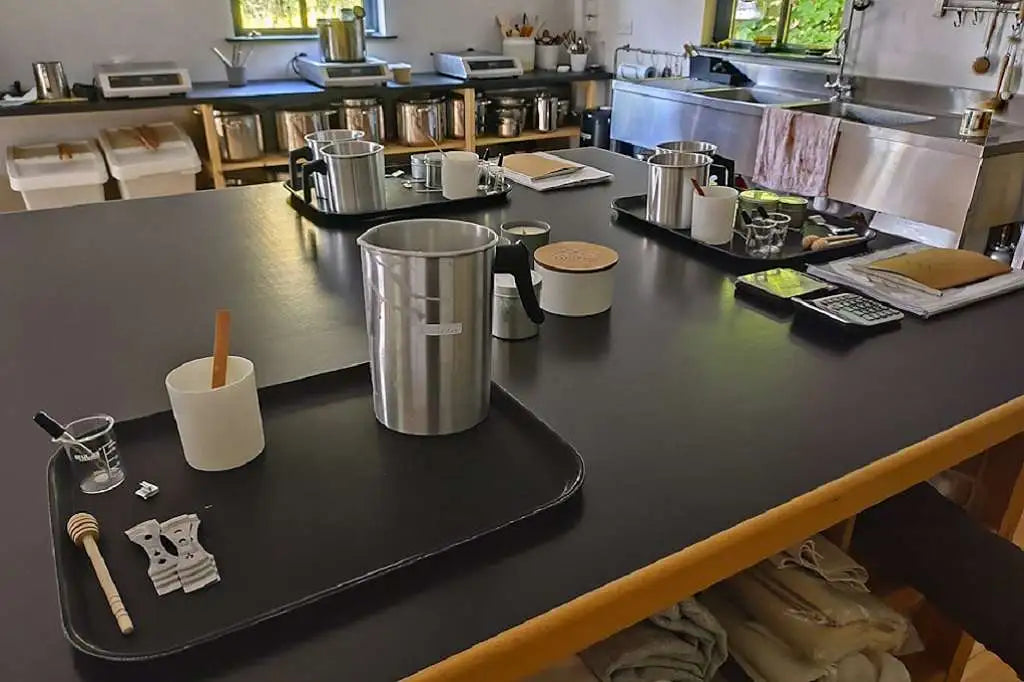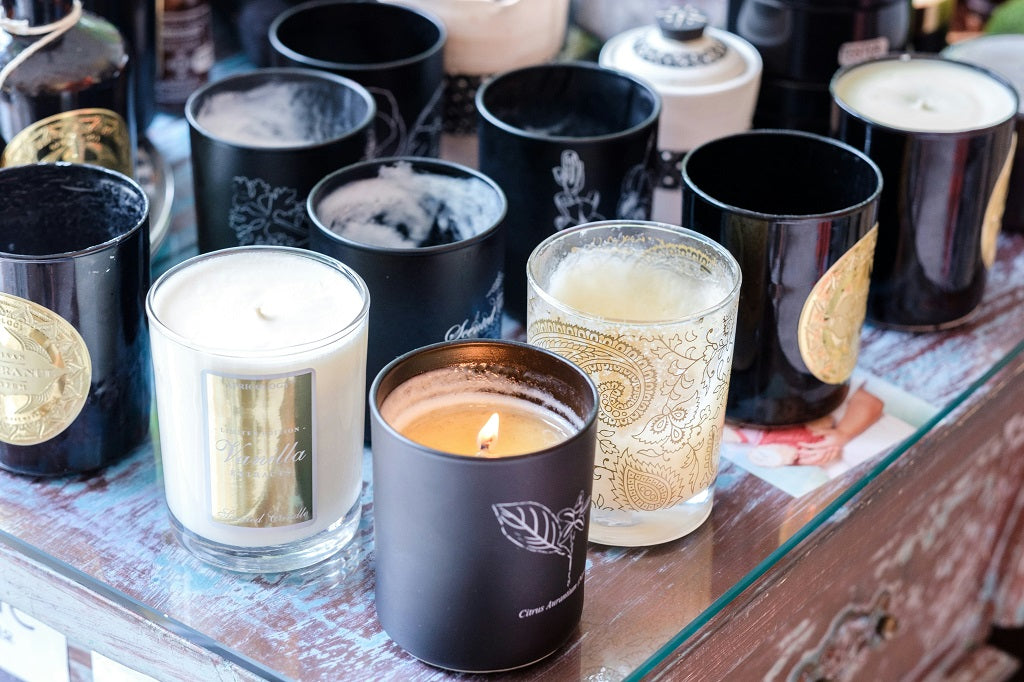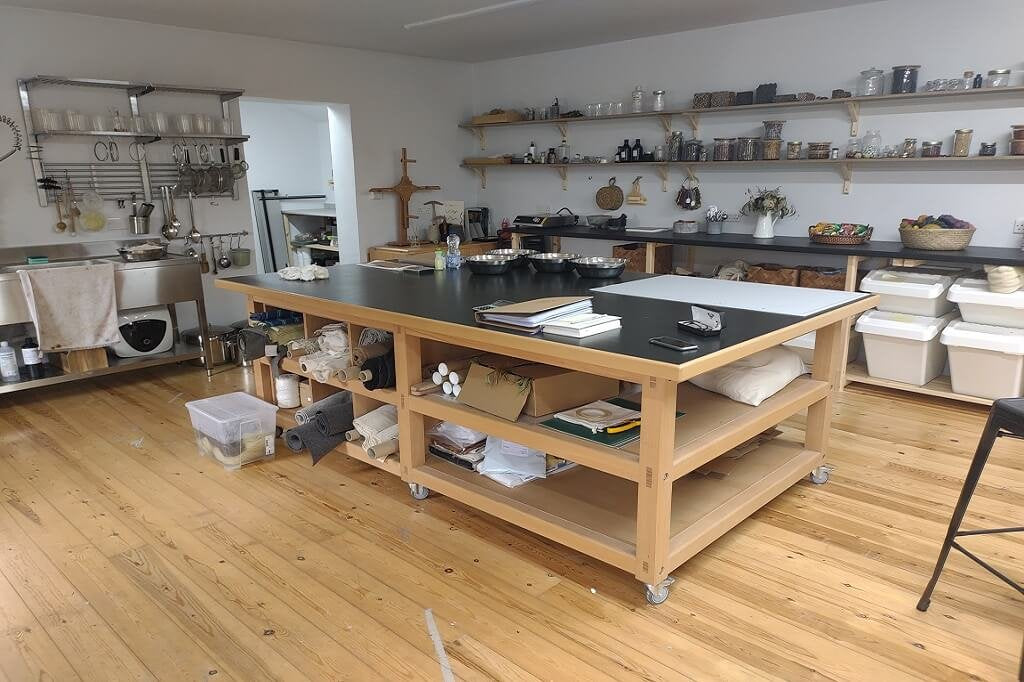Welsh Patagonia - Y Wladfa - The Welsh Patagonians
Welsh Patagonians - History of Patagonia
Patagonia (Y Wladfa in Welsh) is large rural area in South America, in the countries of Argentina and Chile. It is home of the Welsh Patagonians and was founded in 1865 by 153 Welsh settlers. The settlers had a dream of establishing a Welsh colony, in a new world where the Welsh language and culture could flourish without the influence of English. Whilst it is debateable as to whether this original dream has been successful, it is true today that there are many Welsh speakers in Patagonia and many Welsh tradiitons are vigourously upheld.

Welsh (Y Wladfa) Patagonia Map
Patagonia - Y Wladfa, is large rural area of land in South America, in the countries of Argentina and Chile.
Why did the Welsh go to Patagonia (Y Wladfa)?
In the second half of the 18th century, the industrial revolution brought changes the Welsh speaking heart lands. These changes were generally at the expense of the Welsh language and rural communities began to disappear. Many believed that Wales was now gradually becoming a region of England, and perhaps disillusioned with this prospect, many Welshmen and women decided to seek their fortune in other countries.
During the 1790's, Welsh immigrants had attempted to set up Welsh speaking colonies in America. However, these Welsh colonies were always under pressure from the dominant American culture and the English language. Maybe it shouldn't have been a surprise that the Welsh colonies soon became assimilated into the American way of life.
Following this failure to establish Welsh colonies in America, in 1861 Michael Jones held a meeting at his home in Bala in north Wales. He was always thinking of a new Welsh colony in a different part of the world to America. They discussed the different options available to them. Many islands and countries were considered including Vancouver Island in Canada but a more promising option was Patagonia, Argentina. It appeared that Patagonia had everything needed for a new colony in a new world - a new world that would be named in Welsh as "Y Wladfa" or the Patagonia Welsh Colony.
Who was Michael D Jones? (1822 -1898)
Michael D. Jones was a Welsh nationalist nonconformist minister who had dreamt of a new "little Wales beyond Wales". He had experienced first-hand how quickly Welsh immigrants had been assimilated into the American culture and English language. In a few short years they had often lost much of their Welsh identity.
In 1862 an advanced party left for Patagonia to see if it was suitable for the new Welsh colony, Y Wladfa. Led by Captain Love Jones-Parry and Lewis Jones (after whom Trelew was named), they reached Patagonia and were driven by a storm into a bay. They named the bay Porth Madryn after Jones-Parry's estate in Wales. The town which grew near the spot where they landed is now named Puerto Madryn. Jones-Parry and Jones believed that the area of land was indeed suitable for Y Wlada. They returned to Wales and preparations began for the journey to Patagonia some years later.
The Ship Mimosa
The Mimosa was converted from a freight ship to carry 153 passengers for the trip to Patagonia. The emigrants assembled in various points in Wales and nearby in England, for example in Aberdare, Mountain Ash and Birkenhead near Liverpool.

The Welsh Patagonia Mimosa Ship Memorial, Liverpool.
The Mimosa set sail from Liverpool, England on 28th May 1865 to Patagonia, South America with about 153 passengers onboard. Three months later, they arrived in Patagonia on 28th July 1865, and they named the landing site, Porth Madryn.
Early Years in Y Wladfa
After the founding of Y Wladfa in1865, more settlers arrived in Patagonia from both Wales and the failing Welsh communities of Pennsylvania in America. From the original 153 passengers on the Mimosa, the number of immigrants rose to over 270 by the end of 1874. These new arrivals boosted the morale of the original Welsh Patagonians. They dug new irrigation channels, brought new farming methods and helped to cultivate a thin strip of land on either side of the River Camwy.
By the end of the 19th century there were some 4,000 people of Welsh descent living in Chubut although it is estimated that perhaps no more than 2,300 Welsh people ever migrated directly to Patagonia.
As problems in Wales increased and especially with the depression in the south Wales coalfields, there were further significant migrations from Wales during the periods 1880-87 and 1904-12. The settlers had seemingly achieved many of their original dreams - Welsh speaking schools and chapels and the language of local government was Welsh.
Welsh Language in Y Wladfa, Patagonia
The Welsh language spoken in the province of Chubut, Patagonia is a dialect of the Welsh Language and is strongly influenced by the local Spanish language. However, there appears to be little problems with Welsh and Patagonian speakers communicating with each other.
The original immigrants to Y Wladfa in 1865 believed they could protect their Welsh culture and language, which they considered to be threatened in Wales. However, as the years passed, the use of the language started to decrease and there was relatively little contact between the country of Wales and Y Wladfa, of the Chubut Valley. However, many Welsh people visited the region in 1965 to celebrate the colony's centenary. Many in Wales were fascinated by the story of the Mimosa and the first settlors in Patagonia. Since then, the number of Welsh visitors has increased.
In the other direction, there is still a steady stream of people from Patagonia coming to Wales each year. Many of these people come to visit the National Eisteddfod and immerse themselves in Welsh language and culture at its best.
Over the years, the Spanish language has become the predominant language in many respects. However, Welsh has remained the language of the home and of the chapels. Welsh is taught in schools and thousands are learning Welsh as adults. Of course, Wales in not the only place to have Eisteddfodau - many eisteddfodau are held in Patagonia each year.
About FelinFach
Located in Pembrokeshire Wales, our ethos is defined in the three words...
NATURAL TRADITIONAL HANDMADE.
- Hand woven iconic Welsh blankets.
- Hand dyed yarn, dyed with natural dyes only - no exceptions!
- Hand poured candles, candle accessories, Candle Making Workshops and soapery.
- Natural Dyeing Craft courses.
- Yarn shop, yarn bowls, project bags, tools and accessories for knitters and crafters.
- Welsh Gifts, made in Wales, handmade in Wales.
We are a proud supporter of Americymru the Campaign for Wool, Global Welsh and Red Dragon America.
Last updated 20th May 2025

